21 Delightful Japanese Foods Every Food Lover Must Try
Japanese foods represent a mesmerizing culinary universe that captivates taste buds with intricate flavors and artistic presentations.
Centuries of cultural refinement have transformed ordinary ingredients into extraordinary gastronomic experiences that transcend simple nutrition.
The nation's cuisine reflects deep-rooted traditions, seasonal sensitivities, and meticulous preparation techniques that elevate cooking to an art form.
Regional variations and innovative cooking methods contribute to an incredibly diverse food landscape that constantly surprises and delights.
Sophisticated yet comforting, these dishes balance delicate textures with bold umami profiles that challenge Western palate expectations.
Complex flavor combinations emerge from carefully selected ingredients, showcasing Japan's commitment to culinary excellence and sensory pleasure.
Passionate chefs dedicate themselves to perfecting techniques passed through generations, ensuring each meal tells a unique cultural story.
Prepare to be amazed by these 21 exceptional culinary creations that will transport you directly to Japan:
Miso Soup
Miso soup is a traditional Japanese broth packed with umami flavor and healing nutrients that instantly comfort you.
Fermented soybean paste called miso creates the soup's signature deep, salty essence while providing probiotic benefits.
Dashi, a stock made from kombu seaweed and bonito fish flakes, forms the soup's delicate base and adds complexity to its taste profile.
Japanese home cooks typically include tender cubes of soft tofu, green onion slices, and wakame seaweed to enhance the nutritional value and visual appeal.
Home chefs can easily customize the recipe by adding proteins like shrimp or chicken for extra substance.
Health enthusiasts appreciate miso soup's ability to boost immunity and support digestive wellness with its simple yet powerful ingredient combination.
Salmon Sashimi
Salmon sashimi is a Japanese delicacy featuring pristine raw salmon sliced paper-thin and served chilled, showcasing the fish's rich, buttery flavor and luxurious texture.
Professional chefs select premium ocean-fresh salmon, carefully trimming and cutting each slice to highlight its natural marbling and silky composition.
Raw salmon carries delicate oceanic notes that melt smoothly across your palate, delivering pure marine essence without heavy seasoning.
Restaurants frequently garnish sashimi with minimal accompaniments like wasabi, pickled ginger, and soy sauce to complement its intrinsic taste.
Japanese culinary traditions emphasize precise knife techniques and high-quality ingredients when preparing this elegant seafood dish.
Experts recommend consuming sashimi immediately after preparation to ensure maximum freshness and optimal taste experience.
Agedashi Tofu
Agedashi tofu is a classic Japanese appetizer showcasing crispy deep-fried tofu with an irresistible golden exterior and silky interior.
Bonito flakes dance atop the dish, adding a savory umami complexity that elevates the delicate tofu's flavor profile.
Dashi broth bathes the tofu in a light, delicious sauce that enhances its rich texture and provides a subtle maritime warmth.
Seaweed garnish contributes a delightful crunch and earthy undertone to the overall composition.
Chefs carefully coat tofu cubes in potato starch before frying to achieve the signature crisp coating.
Restaurants across Japan serve this beloved dish as a beloved starter that highlights the incredible versatility of simple ingredients.
Yaki Udon (Stir-Fried Udon Noodles)
Yaki udon are Japanese stir-fried noodles bursting with savory umami flavor and quick-cooking convenience for hungry diners.
Thick, chewy wheat noodles form the hearty base of this popular street food, typically sizzled with tender slices of pork, chicken, or beef in a hot wok.
Home cooks and professional chefs alike love this versatile dish for its simple preparation and customizable ingredients like crisp cabbage, sweet onions, and green onions.
Soy sauce, mirin, and oyster sauce create a rich, glossy coating that intensifies the noodles' delicious taste.
Osaka and Tokyo street vendors popularized this comfort meal, which now appears on menus worldwide as a satisfying one-pan dinner.
Oden (Japanese Fish Cake Stew)
Oden are hearty Japanese winter stew ingredients simmered in a light, umami-rich dashi broth that warms souls and delights palates across Japan.
Fishcakes, boiled eggs, daikon radish, and konnyaku jelly mingle beautifully in this traditional one-pot meal that showcases simple yet profound culinary techniques.
Regions throughout Japan boast unique variations, with each family holding closely guarded recipes passed through generations.
Home cooks carefully select premium ingredients like tender fish balls, firm tofu pouches, and tender root vegetables to create complex flavor profiles.
Regional differences highlight local specialties, from Hokkaido's seafood-heavy versions to Kansai's more delicate interpretations.
Street vendors and home kitchens alike celebrate this soul-satisfying dish that represents Japanese comfort food at its finest.
Omurice (Japanese Omelet Rice)
Omurice is a classic Japanese comfort food featuring a fluffy egg omelet draped over seasoned fried rice, creating a delightful culinary canvas for personal creativity.
Originating in Japan's Western-style cuisine scene, this dish combines savory ketchup-seasoned rice with a silky egg exterior that melts beautifully when cut.
Chefs typically prepare the rice with diced chicken, vegetables, and ketchup, then carefully wrap it in a thin, delicate egg blanket.
Home cooks love customizing the recipe by adding curry powder, soy sauce, or even sweet touches like honey to elevate the flavor profile.
Professional and home kitchens alike embrace omurice as a quick, satisfying meal that looks impressive yet remains simple to prepare.
Japanese families and restaurant patrons cherish this versatile dish for its comforting taste and playful presentation.
Sushi Roll
Sushi rolls are delicate Japanese culinary artworks combining rice, nori seaweed, and carefully selected ingredients into compact, flavorful packages.
Skilled chefs meticulously layer fresh seafood, crisp vegetables, and seasoned rice before rolling them into perfect cylindrical shapes that showcase precise cutting techniques.
Masters often select premium salmon, tuna, or yellowtail as protein centerpieces, complementing them with creamy avocado, cucumber, or tempura elements.
Wasabi and soy sauce typically accompany these rolls, enhancing their complex flavor profiles.
Multiple variations exist, ranging from traditional nigiri to modern fusion styles like California rolls.
Each bite represents a harmonious blend of textures and tastes that celebrate Japanese culinary traditions.
Katsudon (Japanese Pork & Egg Rice Bowl)
Katsudon is a beloved Japanese comfort food featuring crispy breaded pork cutlets nestled on steamed rice and topped with silky scrambled eggs and caramelized onions.
Tender pork cutlets are first deep-fried until golden brown and perfectly crunchy, then simmered in a rich umami-packed broth made from dashi, mirin, and soy sauce.
Sweet onions melt into the sauce, adding depth and complexity to the dish's flavor profile.
Beaten eggs are gently poured over the cutlets, creating a luxurious coating that binds all ingredients together.
Japanese home cooks and restaurant chefs alike treasure this hearty one-bowl meal for its satisfying combination of textures and flavors.
Originating in Tokyo during the mid-20th century, katsudon continues to be a popular lunch and dinner option across Japan.
Nabe (Japanese Hot Pot)
Nabe is a heartwarming Japanese hot pot that brings people together around a simmering communal dish brimming with fresh ingredients and rich broth.
Originating from traditional home cooking, this interactive meal allows diners to cook vegetables, seafood, and meats directly in a shared pot at the table.
Families and friends gather to enjoy the communal experience, selecting ingredients from the bubbling broth and creating personalized flavor combinations.
Regional variations across Japan showcase unique local ingredients like Hokkaido seafood or Kyushu chicken.
Seasonal produce and high-quality proteins create a delicious medley of tastes and textures.
Accompanied by steamed rice and traditional condiments, Nabe transforms simple ingredients into a memorable dining experience that celebrates connection and culinary creativity.
Yakimeshi
Yakimeshi is a beloved Japanese fried rice dish packed with umami flavor and quick preparation magic.
Home cooks across Japan treasure this one-pan meal for its incredible versatility and satisfying taste profile.
Traditional recipes blend day-old rice with diced proteins like chicken or pork, creating a perfect canvas for colorful vegetable additions.
Soy sauce and mirin provide deep seasoning, while scrambled eggs add richness and protein to the mix.
Skilled cooks often use high heat to develop crispy rice edges that provide delightful textural contrast.
Professional chefs recommend using cold rice to prevent mushy results and ensure each grain remains distinct and perfectly cooked.
Kare Raisu (Japanese Curry Rice)
Kare raisu are Japanese comfort food masterpieces blending Indian and Western curry influences with hearty vegetables and tender meat in a luxurious sauce.
Professional chefs craft this iconic dish by slowly simmering beef, carrots, and potatoes in a deep brown roux-based curry sauce that delivers complex umami flavors.
Japanese home cooks often use premade curry roux cubes from brands like Golden Curry to simplify preparation while maintaining authentic taste profiles.
Regional variations include different protein options like chicken or pork alongside standard vegetables that create unique regional interpretations.
Restaurants throughout Japan serve this beloved dish as a quick, satisfying meal that connects traditional cooking methods with modern culinary preferences.
Generations of families have enjoyed kare raisu as a nostalgic meal that represents Japanese adaptability and creative cuisine.
Japanese Cheesecake
Japanese cheesecake is a cloud-like dessert famous for its ultra-light, souffle-like texture that defies traditional cheesecake expectations.
Whipped egg whites create an impossibly airy structure that melts instantly on your tongue with a delicate, silky smoothness.
Bakers carefully fold ingredients to maintain the delicate foam that gives this cake its signature ethereal quality.
Rich cream cheese provides a subtle tanginess balanced by gentle sweetness, creating a sophisticated flavor profile.
Professional pastry chefs in Japan meticulously craft this dessert using precise techniques passed through generations.
Western bakers now embrace this elegant Japanese technique, celebrating its unique culinary artistry.
Onigiri (Japanese Rice Balls)
Onigiri are Japanese rice balls packed with cultural tradition and culinary creativity, transforming simple white rice into portable flavor bombs.
Japanese home cooks and travelers love these compact snacks for their endless filling possibilities, ranging from classic umeboshi and salted salmon to unexpected ingredients like spicy mayo.
Perfectly shaped triangular or round rice balls wrap around savory centers like tuna, cod roe, or kombu seaweed, often decorated with sesame seeds for extra texture.
Skilled hands press warm steamed rice tightly around chosen ingredients, creating a portable meal that travels well and satisfies hunger quickly.
Home cooks typically use short-grain rice for its sticky consistency, ensuring the rice holds its shape without falling apart.
Regional variations across Japan showcase local ingredients and personal preferences, making each onigiri a unique culinary experience.
Gyoza (Japanese Pan-Fried Dumplings)
Gyoza are Japanese pan-fried dumplings bursting with umami flavor and irresistible texture.
Crispy golden bottoms and delicate pleated wrappers encapsulate a succulent mixture of ground pork, napa cabbage, garlic, and ginger.
Home cooks and professional chefs alike celebrate these bite-sized delights for their perfect balance of crunch and juiciness.
Typically served with a tangy soy-vinegar dipping sauce, gyoza originated from Chinese jiaozi but evolved distinctly in Japanese cuisine.
Street vendors and home kitchens across Japan prepare these dumplings with meticulous technique, carefully folding thin wheat wrappers around seasoned fillings.
Regional variations exist, but classic gyoza remain a beloved comfort food that connects generations through its simple, satisfying preparation.
Karaage Chicken
Karaage chicken is Japan's crispy, golden-brown fried chicken masterpiece marinated in soy sauce, sake, and ginger for maximum flavor intensity.
Deep-fried until perfectly crunchy, these bite-sized pieces showcase a delicate balance of umami and subtle sweetness that makes them irresistible.
Originating in Japanese home kitchens, this popular street food and izakaya staple requires careful preparation with boneless chicken thighs for maximum tenderness.
Marinating ingredients typically include soy sauce, mirin, sake, garlic, and ginger, which infuse the meat with complex flavor profiles.
Home cooks coat the marinated chicken pieces in potato starch or cornstarch before frying to achieve an extraordinarily crisp exterior.
Tempura
Tempura are crispy, golden-brown Japanese delicacies featuring seafood or vegetables coated in an ultra-light, delicate batter that transforms simple ingredients into restaurant-quality appetizers.
Chefs carefully dip fresh ingredients like shrimp, sweet potato, eggplant, or squid into a thin wheat flour and cold water mixture before quickly frying them in hot oil.
Professional Japanese cooks use specific techniques to create an incredibly airy, non-greasy coating that remains crunchy and delightful.
Cold sparkling water or ice helps create the signature lightweight texture that sets tempura apart from other fried foods.
Restaurants typically serve these golden morsels with a tangy dipping sauce made from dashi, soy sauce, and mirin.
Originating in Portuguese-influenced Nagasaki during the 16th century, tempura has become a beloved staple of Japanese cuisine enjoyed worldwide.
Nasu Dengaku (Japanese Miso Eggplant)
Nasu Dengaku are succulent Japanese grilled eggplant slices glazed with umami-rich miso sauce that elevate simple vegetables into a gourmet experience.
Chefs carefully char eggplant halves until their flesh becomes silky and caramelized, creating a perfect canvas for the sweet-salty miso glaze.
Originating in traditional Japanese cuisine, this recipe highlights minimal ingredients with maximum flavor impact.
Miso paste combines with mirin and sugar to create a glossy, complex coating that transforms humble eggplant into a restaurant-worthy dish.
Home cooks can easily prepare this recipe by scoring eggplant and brushing with the signature glaze before broiling or grilling.
Garnished with sesame seeds and green onions, Nasu Dengaku offers a delightful balance of textures and intense Japanese flavor profiles.
Hayashi Rice
Hayashi Rice is a Japanese comfort dish featuring tender beef and a rich demi-glace sauce served over rice, offering a luxurious twist on traditional home cooking.
Western-style culinary influences blend seamlessly with Japanese ingredients, creating a hearty meal that speaks to cultural fusion.
Beef becomes incredibly tender through slow cooking, absorbing deep umami flavors from carefully simmered sauce.
Mushrooms and onions contribute additional earthy undertones to the complex flavor profile.
Home cooks appreciate this recipe for its straightforward preparation and satisfying results.
French-inspired demi-glace sauce elevates simple ingredients into a memorable dining experience.
Shogayaki (Japanese Ginger Pork)
Shogayaki is a mouthwatering Japanese pork dish bursting with ginger-infused flavor and culinary simplicity.
Thin pork belly slices sizzle to crispy perfection in a savory marinade of soy sauce, mirin, and fresh ginger.
Originating in home kitchens across Japan, this quick protein takes mere minutes to prepare and delivers maximum taste with minimal effort.
Skilled cooks quickly caramelize the meat over high heat, creating a golden-brown exterior that seals in rich, juicy tenderness.
Home chefs can easily replicate this classic recipe using standard grocery ingredients like thinly sliced pork, ginger, and basic Japanese pantry staples.
Served alongside steamed rice, shogayaki offers a delightful balance of umami and zesty ginger that guarantees a satisfying meal.
Okonomiyaki
Okonomiyaki are savory Japanese pancakes packed with incredible flavor and customizable ingredients that make each bite unique.
Street vendors in Osaka perfected this crowd-pleasing dish featuring a crispy exterior and tender cabbage-filled center.
Shredded vegetables and proteins like pork or seafood blend seamlessly into the light batter, creating a hearty meal.
Chefs typically drizzle the pancake with tangy mayonnaise and sweet-savory Worcestershire-based sauce for maximum umami impact.
Traditional toppings include bonito flakes and green onions that add texture and depth.
Home cooks love how quickly they can prepare this satisfying comfort food that celebrates regional Japanese culinary traditions.
Teriyaki Chicken
Teriyaki chicken is a Japanese-inspired delicacy featuring succulent chicken glazed with a mouthwatering sweet-savory sauce that caramelizes beautifully during cooking.
Originating in Japan, this popular dish combines soy sauce, mirin, and sugar to create its signature glossy coating that transforms ordinary chicken into a restaurant-quality meal.
Marinating chicken breasts or thighs in the teriyaki sauce ensures maximum flavor absorption and tender meat that practically melts in your mouth.
Skilled home cooks can quickly prepare this dish by grilling, pan-frying, or baking the chicken until it develops a perfect golden-brown exterior.
Restaurant chefs often garnish the dish with sesame seeds and green onions for added visual appeal and subtle crunch.

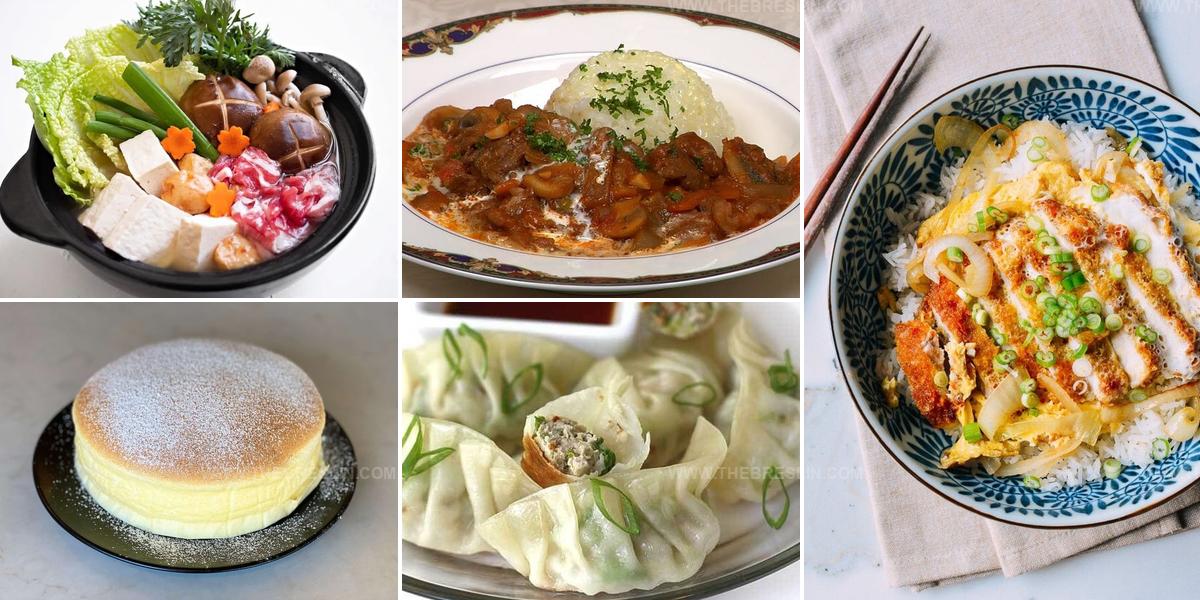
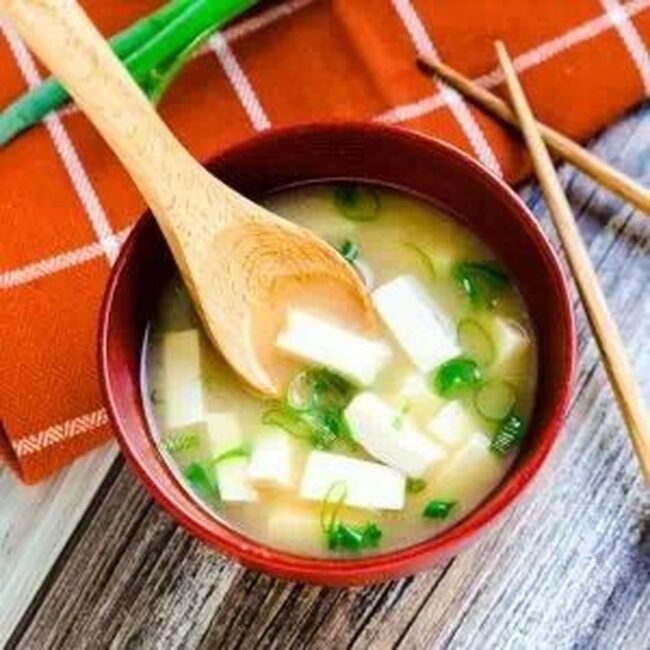
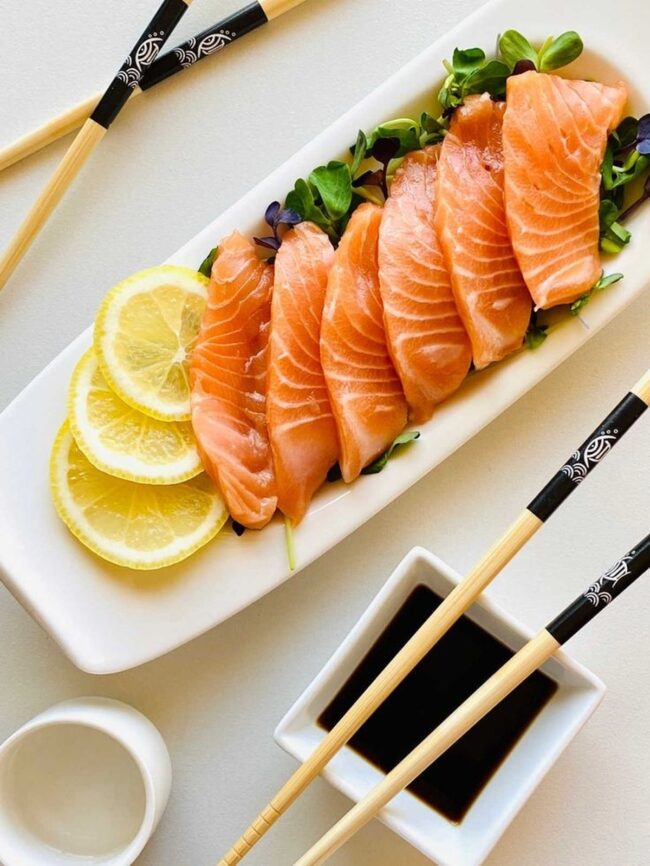
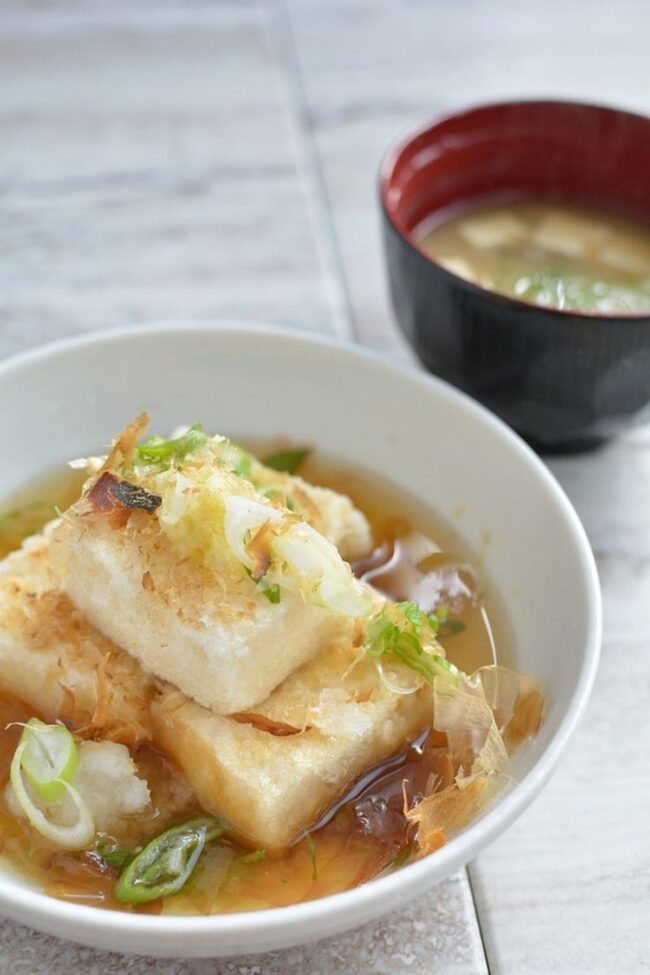
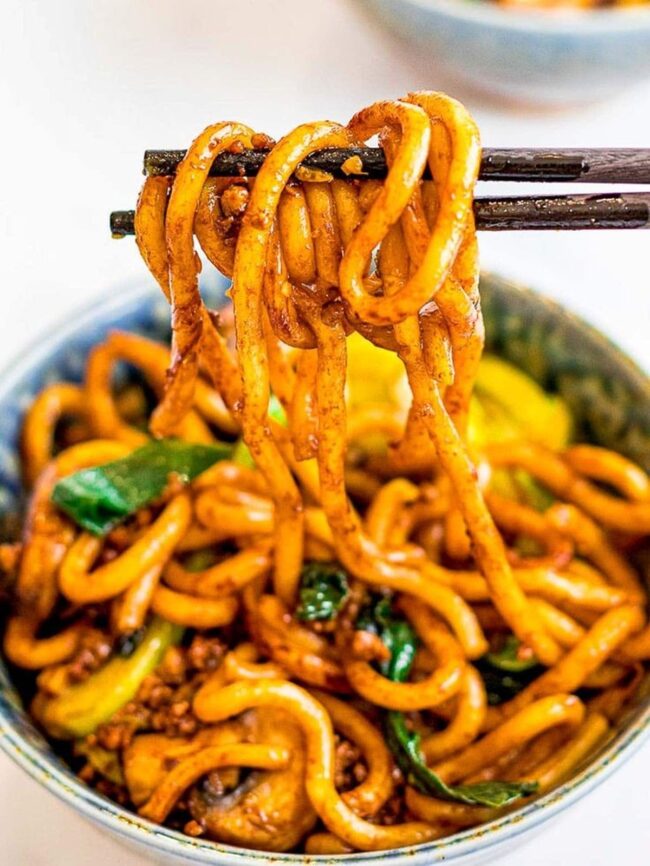
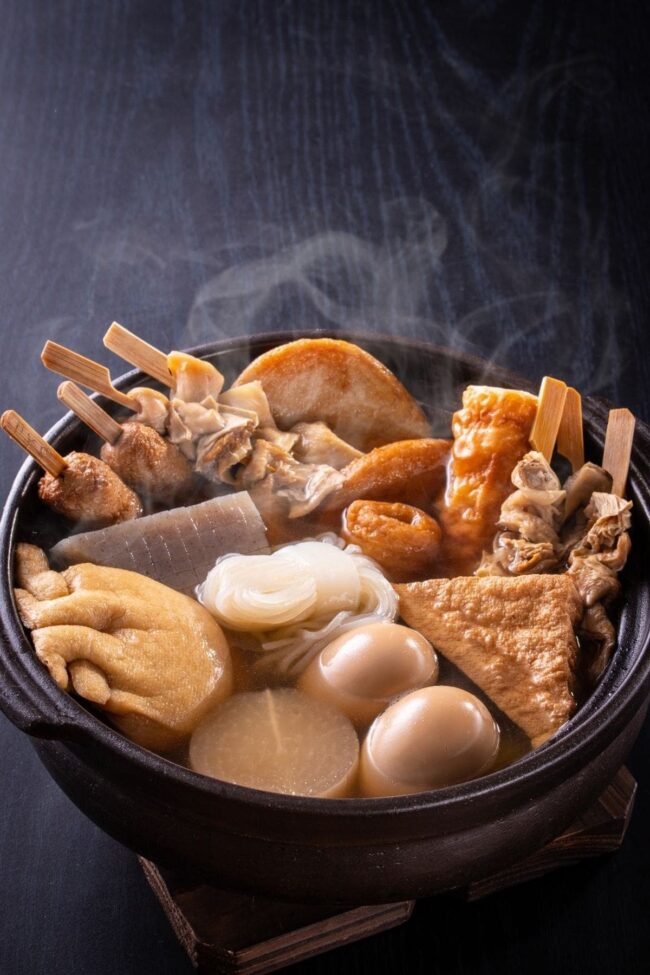
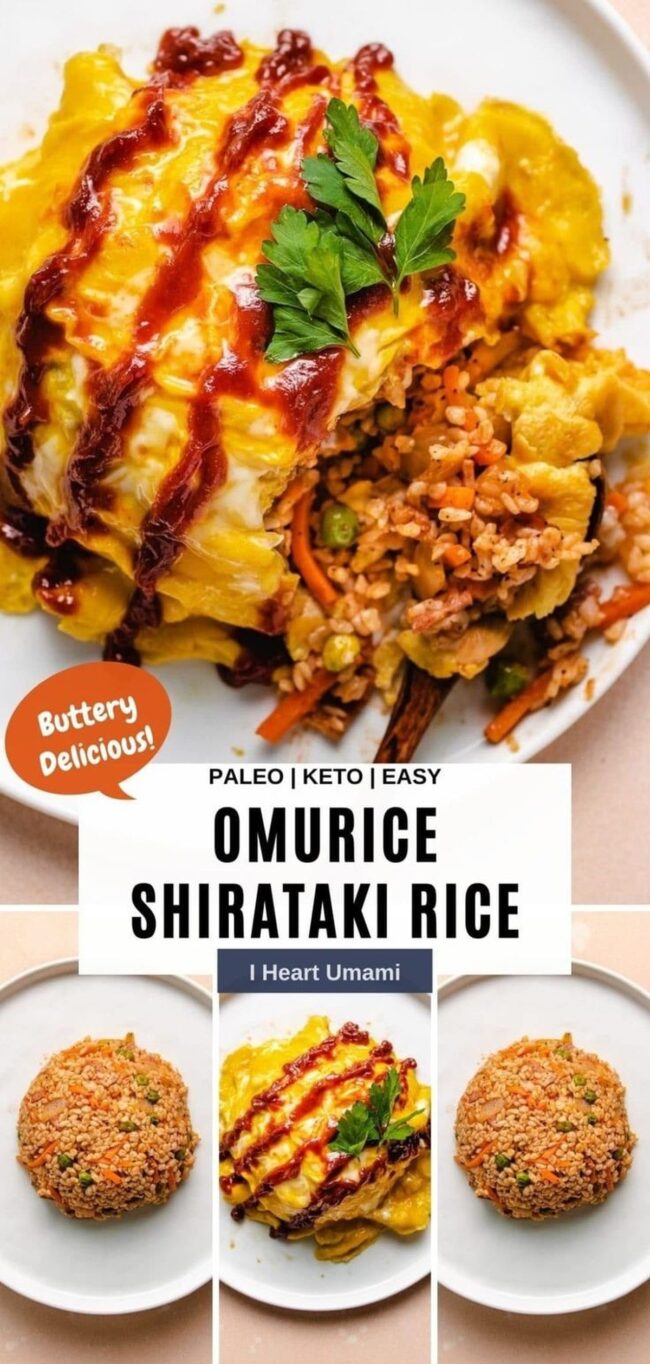
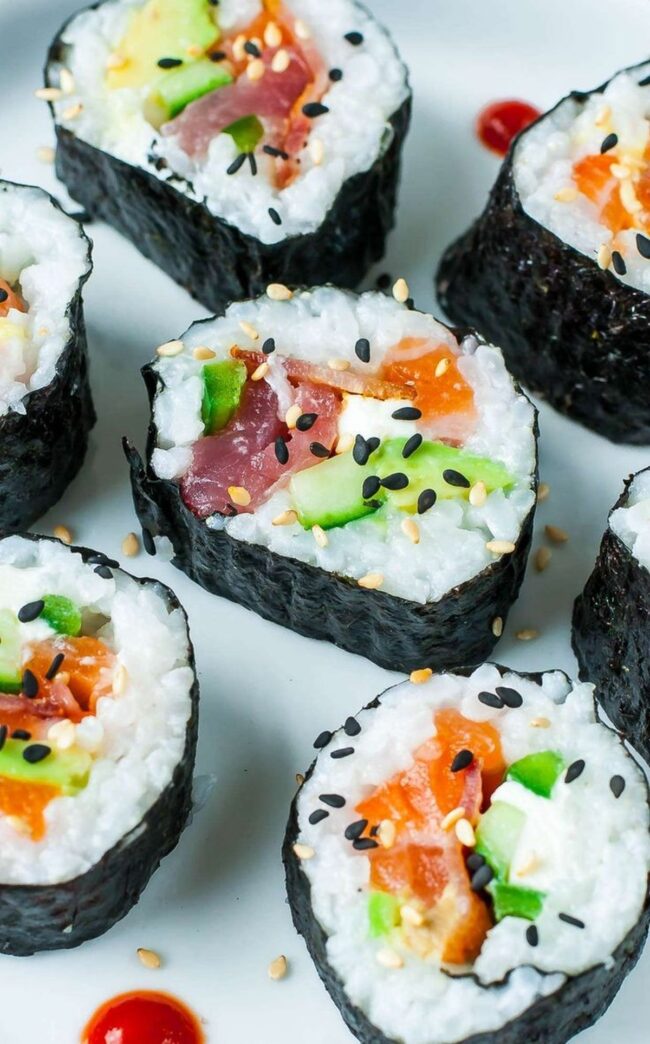

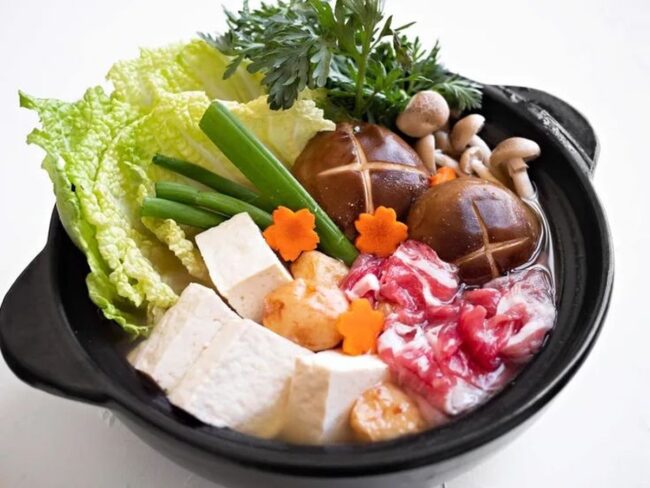

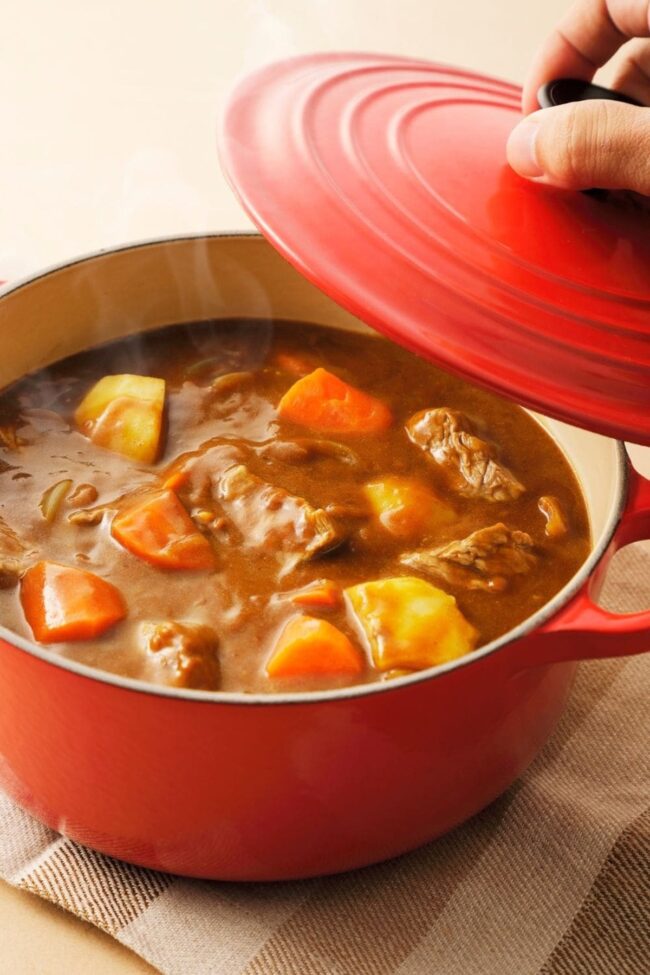
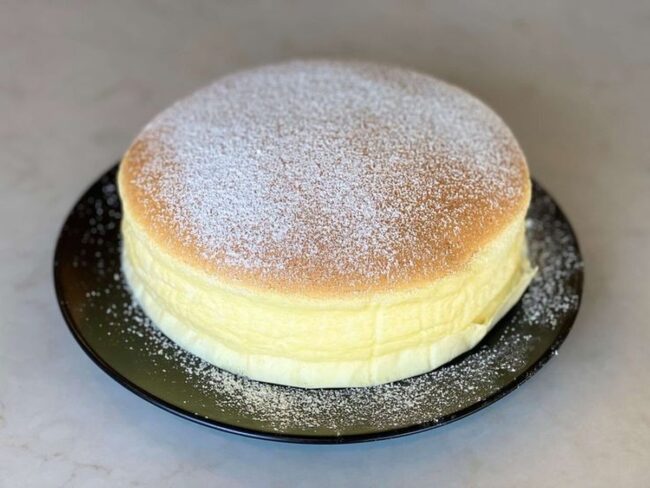
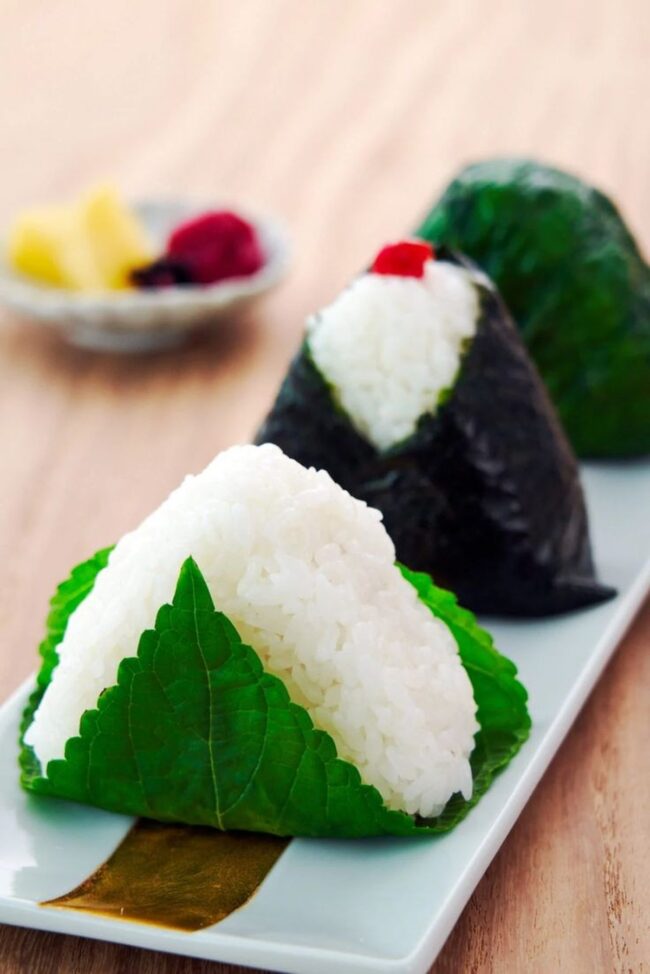
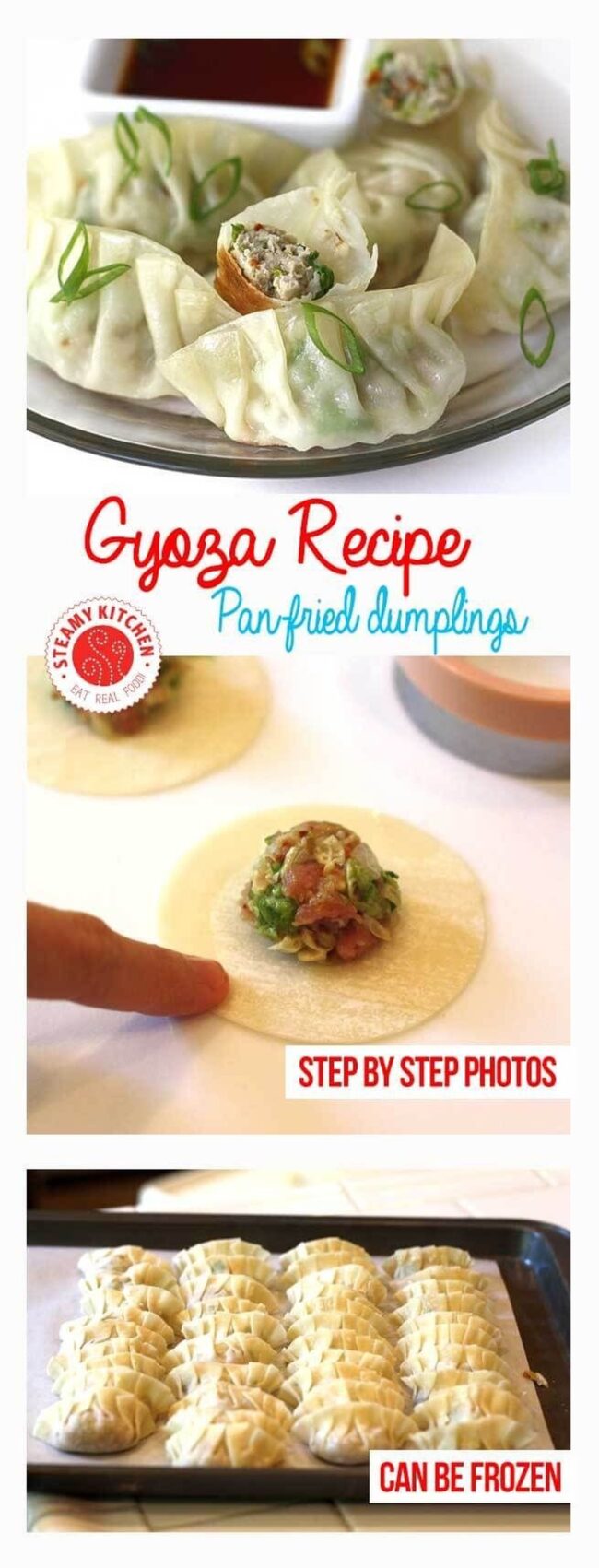
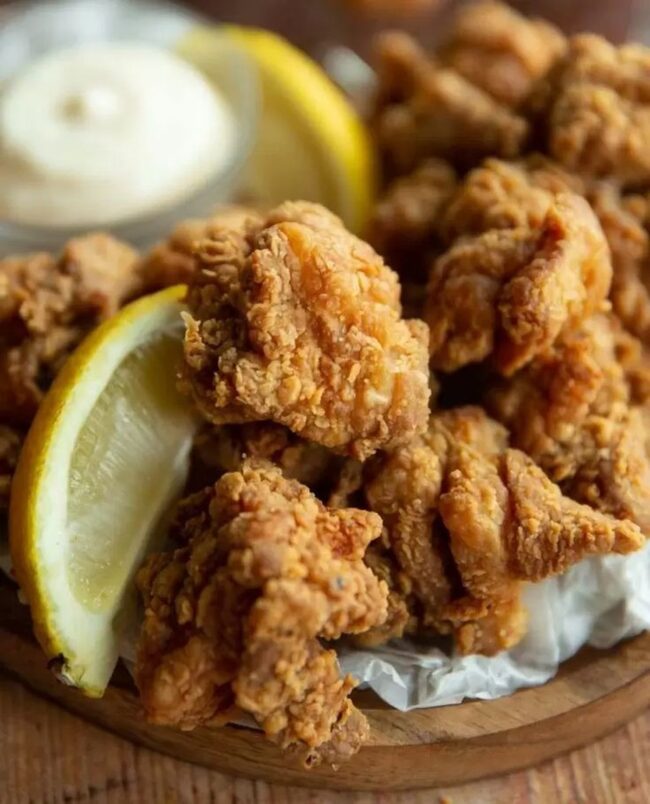
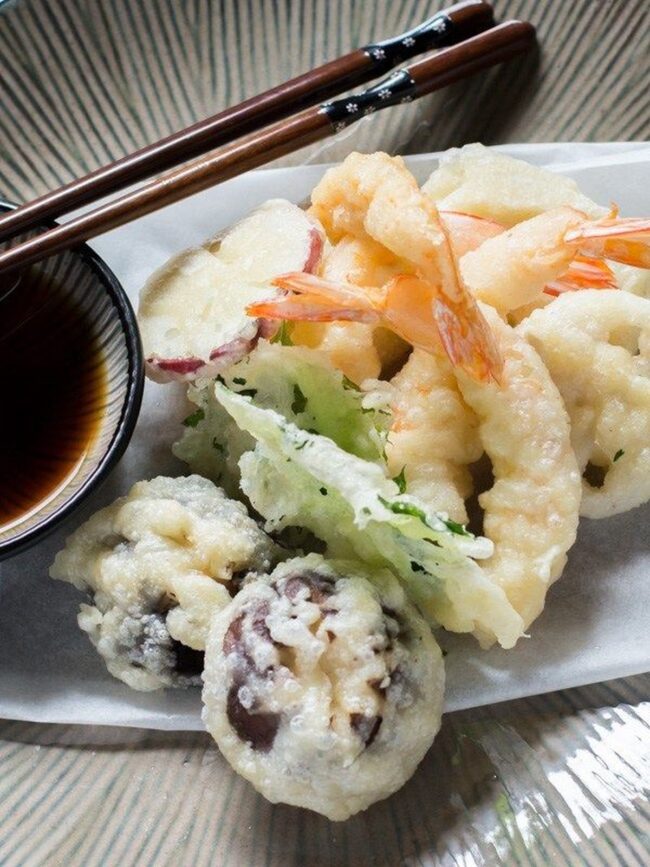
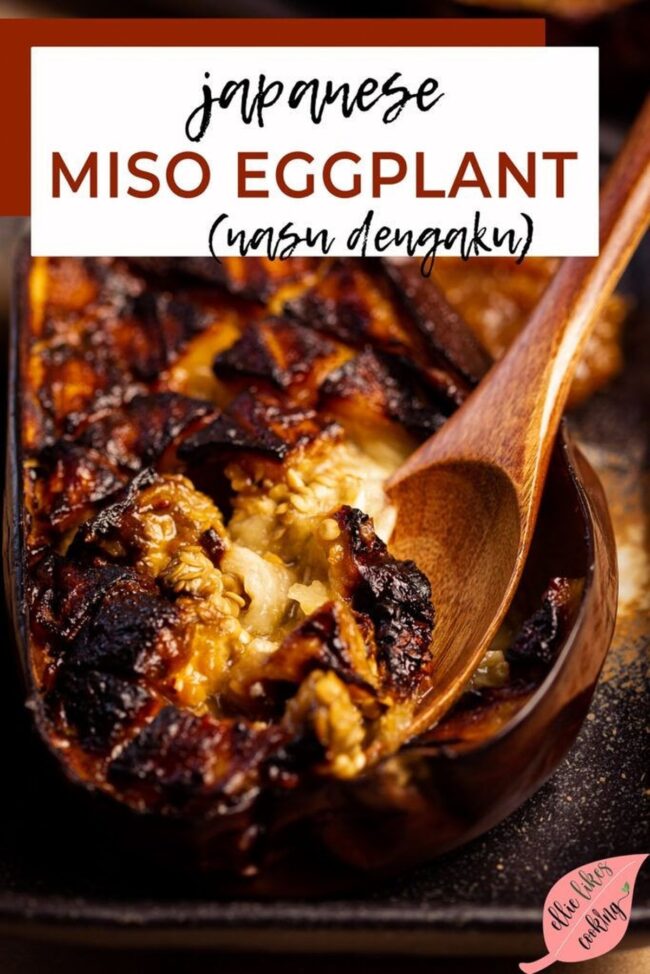
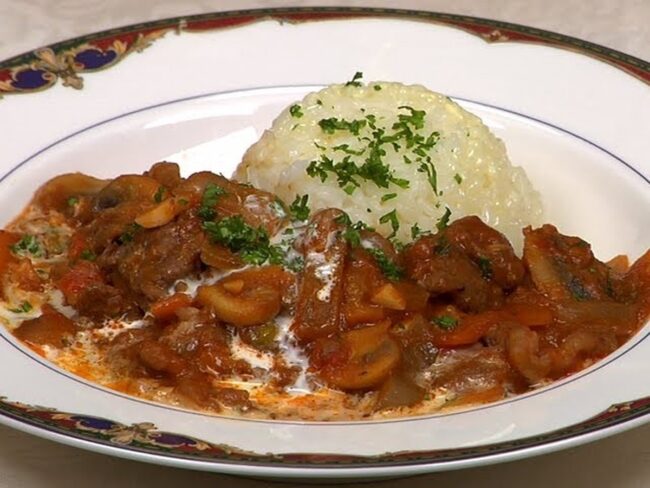
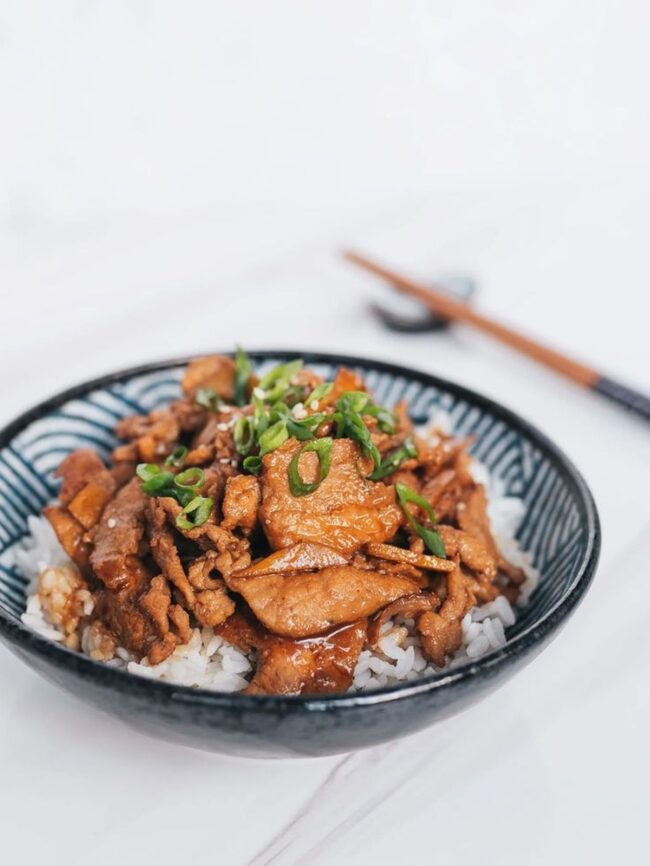

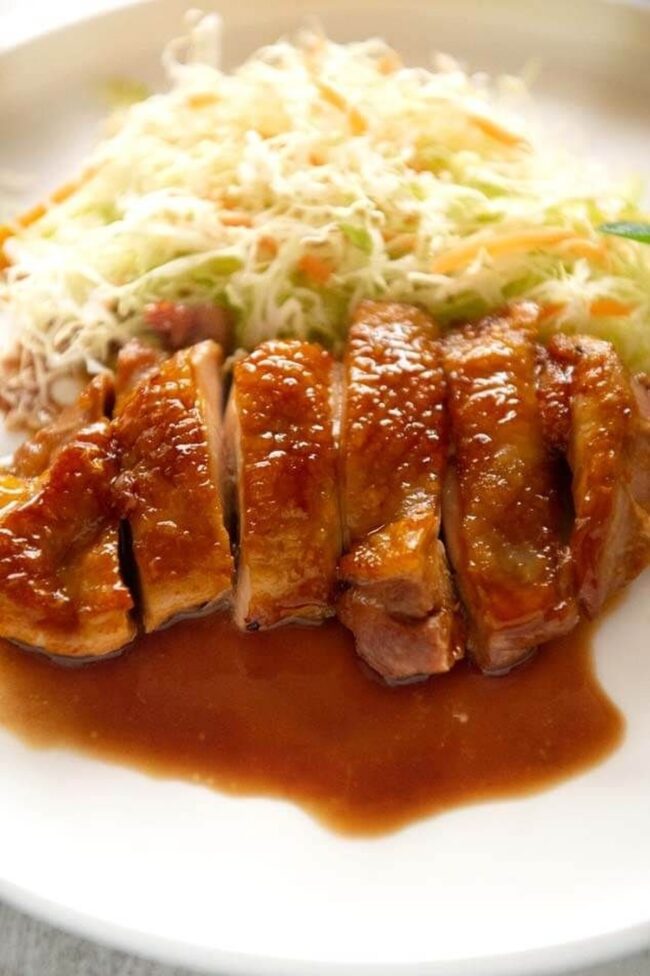
Expertise
Education